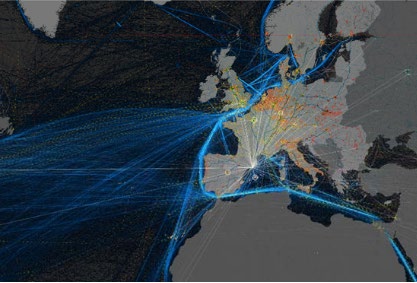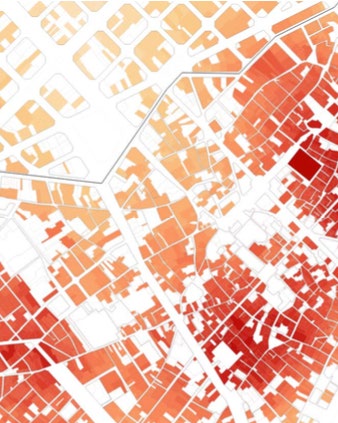SO.16 – Elective Seminar
APPLIED URBAN DATA
Tutors: Mar Santamaria, Pablo Martinez
Nowadays, Barcelona is an internationally established and recognised tourist destination (with approximately 8 million tourist per year), which receives large numbers of visitors who come to the city for a variety of reasons (recreation, business, training, medical matters, sporting events, etc.). Its status as a tourist city has led to a series of functional and social adaptations, which have meant that, over a relatively short space of time, its inhabitants have had to learn to live with the new “temporary citizens” who choose Barcelona to do business, experience culture, undergo training and enjoy themselves. These aspects are part of a process in which institutions, sectors, the community and visitors have had to learn to reconcile their mutual coexistence, in order to gain a better quality of life, better experiences and better performance.
Tourism certainly has complex effects on society. Besides the positive aspects (recognition of the image of the city around the world, its dynamism as a financial and business centre, the creation of employment opportunities, the revitalisation of cultural, recreational and leisure sectors and the expansion of infrastructures regarding receptive, transport, hotel and service infrastructures), tourism can generate a nuisance and inconvenience in the local community.

Providing a global view of the positive and negative impacts of this activity can help us to understand the processes of tourism and the city as a whole. If there is an extensive knowledge of economic aspects of tourism (source of tourists, overnight stays, average spending, etc.), we still need to characterize this phenomenon from the urban point of view. Using Barcelona as a case study, this seminar aims to address the question of tourism from the morphological point of view, using three complementary scales: 1) understanding global touristic dynamics, 2) comparing touristic models of major cities around the world and 3) assessing the positive/negative impact on the quality of public and private space resulting from different spatial models within Barcelona city.
The students will work with different tools that will allow them to analyze and extract meaningful information from several datasets related to touristic activity. We will describe the process of interpreting the information using diverse data sources (Airbnb, hotel beds, heritage assets, cultural facilities, Flickr, economic activities, flights, etc.) with the ultimate aim of developing a global analysis of the touristic phenomenon. The conclusions of part of the analysis will be verified with fieldwork.
Concepts
At the end of the seminar, the student will be familiar with: Working with databases , Big data analysis, gathering information from Open data services, Cartographical Representation, Spatial and Temporal aggregation, Mathematical analysis vs Graphical analysis, data contextualization, identification of Patterns vs Exception, mash-up and complementary data, On-site verification and reinterpretation.
